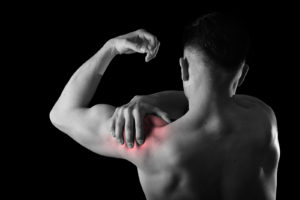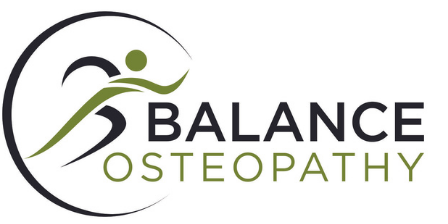shoulder pain treatment

The osteopathic approach to diagnosis, treatment and rehabilitation of shoulder pain begins with your story – getting a detailed history of how your pain has come about, as well as broader aspects of your life that may be contributing or maintaining your shoulder problem.
The ‘shoulder complex’ is a structure made up of four joints: the gleno-humeral, the acromio-clavicular, the sterno-clavicular joints and scapular-thoracic articulation. These joints and the muscles surrounding them permit movement of the upper limb, allowing you to put washing on the line, play cricket or do a handstand.
In order to diagnose your shoulder pain, not only will we look locally at these structures and tissues but we will also perform an examination that looks at how you move overall, particularly activities that mimic those of your daily living where you may be getting your pain.
Common causes of shoulder pain include:
- Tendon pathology of the rotator cuff: this can include inflammation, tears or degeneration of the rotator cuff tendons
- Impingement: this occurs when the joint capsule, bursa (balloon like sac) or tendons get pinched or compressed bones of the shoulder complex.
- Referred pain: this can be from the neck, the ribs or organs (i.e. heart, gallbladder).
These injuries may be felt as achiness that become sharper with particular movements (i.e. reaching overhead), as time progresses the pain may disturb your sleep and result in a large degree of stiffness, not only through the shoulder but in other areas as well (i.e. neck and mid back).
Our Osteopaths use a combination of both hands on techniques and movement-based therapy. Soft tissue, manipulation, articulation and variations thereof are used to promote tissue healing and improve joint range of motion, not only at the shoulder but also in other areas of the body (i.e. the mid back, neck, front of the abdomen, hips etc.) that may be contributing to your pattern of shoulder pain. Movement based therapy, will further the benefits of hands on treatment, and improve your movement patterns and quality of motion.
Rehabilitation is focused on improving, not only your movement patterns and strength of your shoulder, but also integrating this with the rest of your body. You may be given particular stretches and specific movements to assist your overall function. This combined with improving how you perform your daily activities and altering your postural habits will facilitate better function and reduce the likelihood of re-occurrence.
